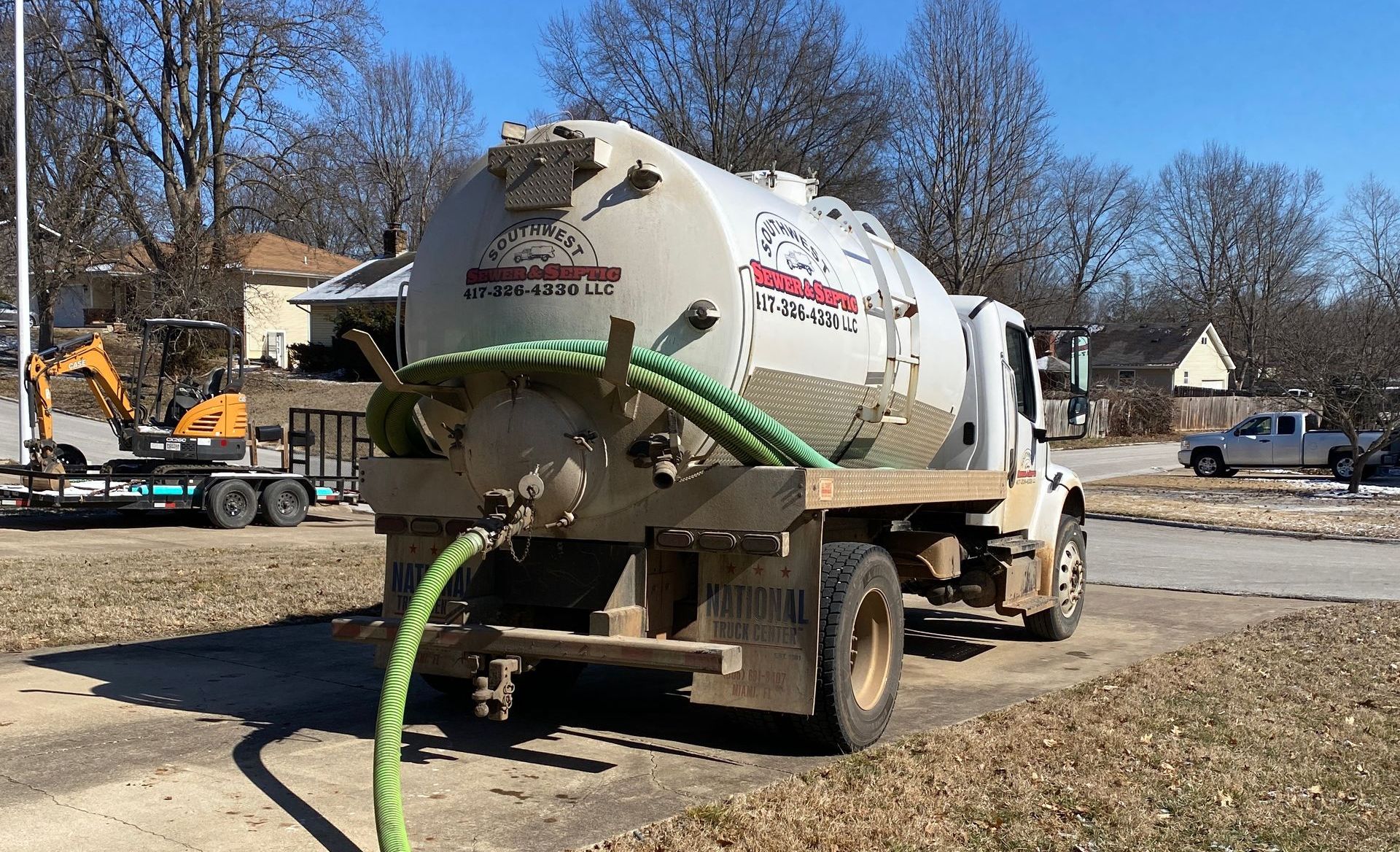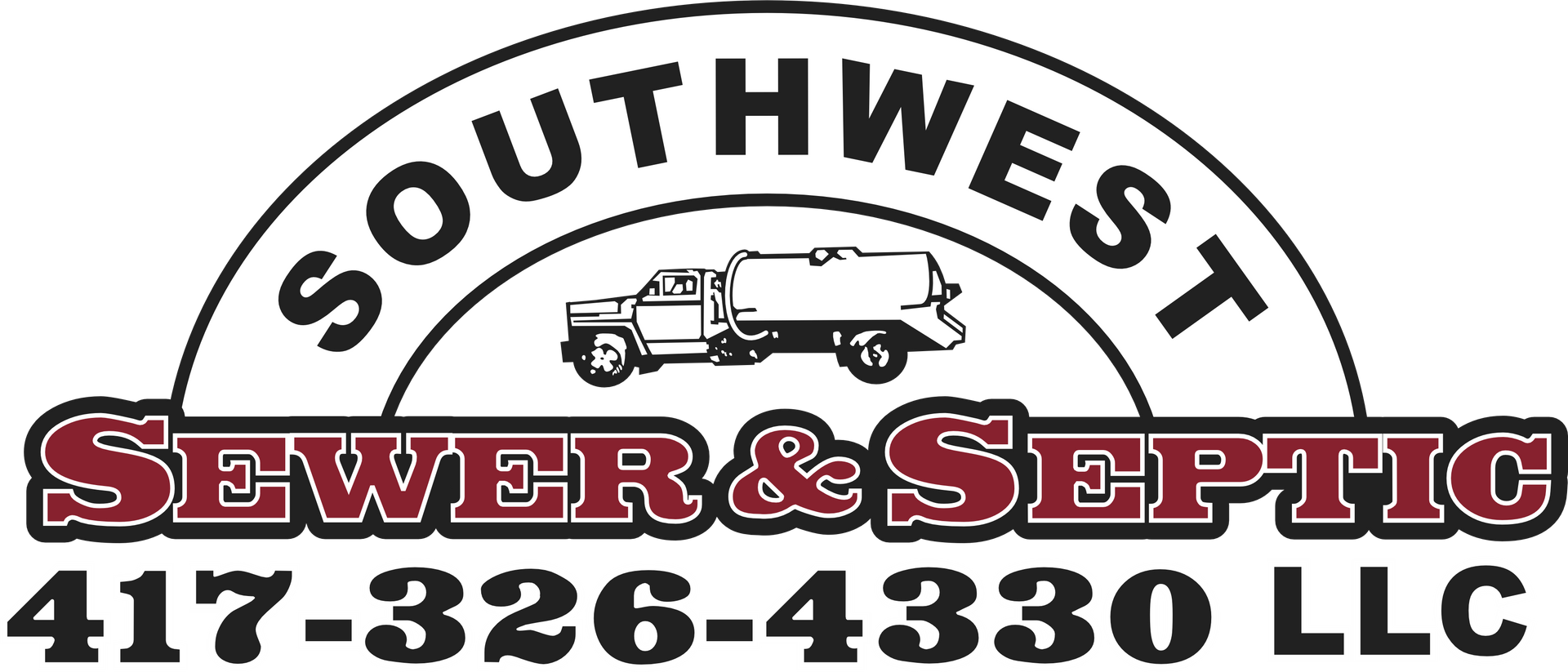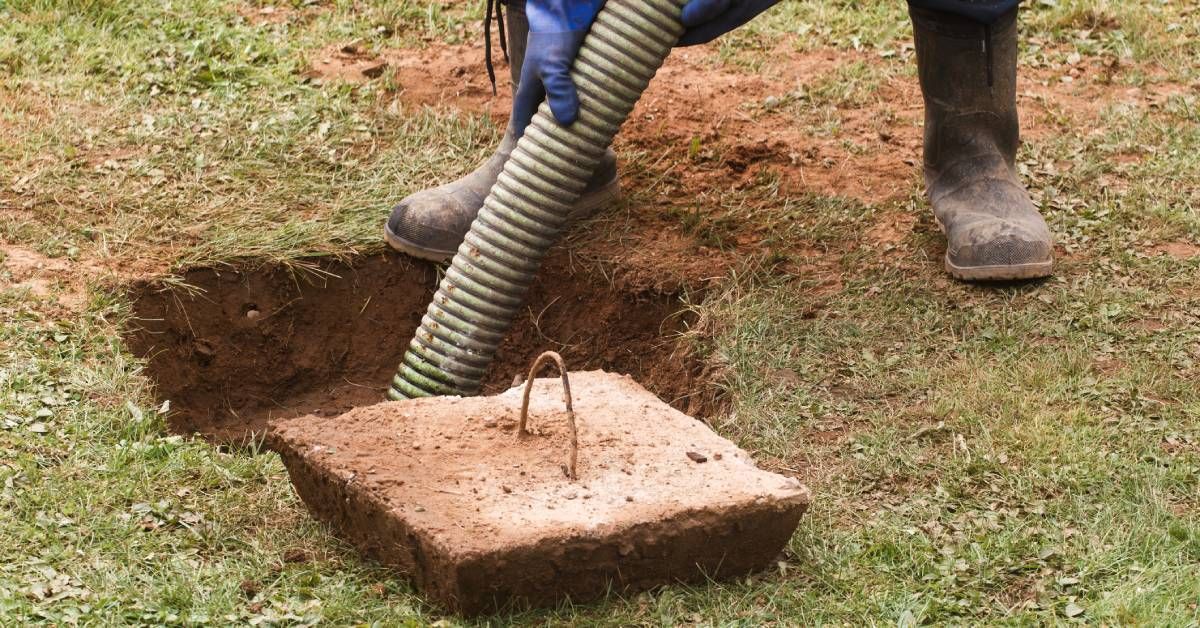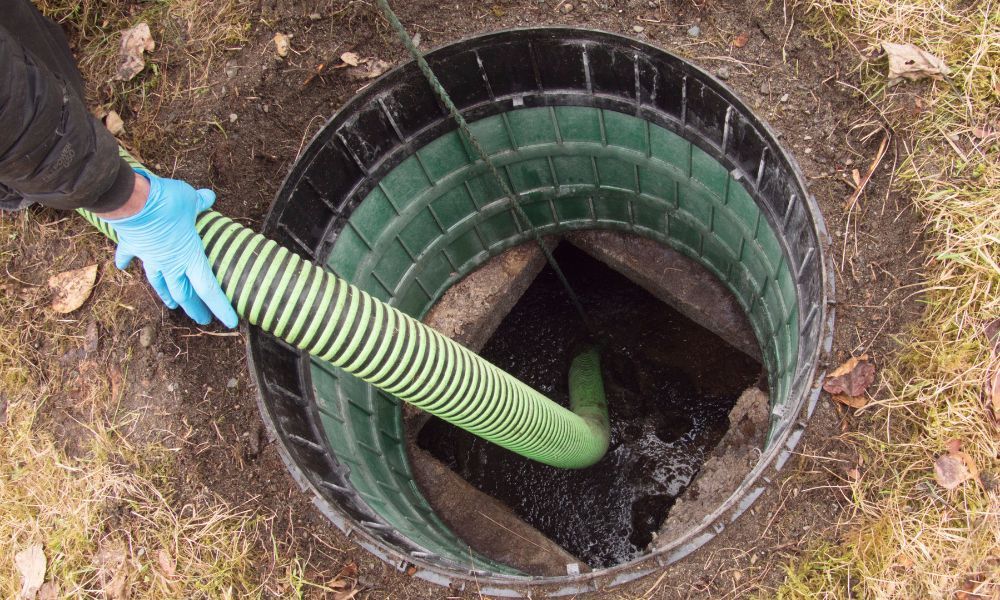Septic System 101: How Does a Septic System Work?
Curious about what happens when you flush? You’re not alone. Septic systems are a mystery to many, but they play a vital role in managing household waste. This guide will demystify septic systems, showing you how they work and why they’re important.
The Basics of a Septic System
When you flush your toilet or drain your sink, where does it all go? In homes with septic systems, waste travels through pipes to a septic tank buried in the yard. This tank is a waterproof container that holds and treats wastewater.
The magic starts here as solids settle at the bottom, forming sludge while oils and greases float to the top. During this process, only liquid flows out to the drain field.
The Role of Bacteria in Waste Breakdown
Inside the septic tank, bacteria break down organic matter. These microorganisms digest the sludge, which reduces its volume and maintains the efficiency of the system.
Without these helpful bacteria, the tank would fill up quickly and you’d have to pump it more frequently. By breaking down waste, bacteria keep the system functioning smoothly and minimize maintenance needs.
The Journey to the Drain Field
Once the wastewater leaves the septic tank, it travels to the drain field, also known as the leach field. Here, the liquid passes through a network of perforated pipes in gravel-filled trenches.
The soil in the drain field acts as a natural filter. It removes harmful bacteria, viruses, and nutrients. The treated water, now much cleaner, can safely re-enter the groundwater system.
Regular Maintenance and Its Importance
Regular maintenance is necessary to keep your septic system running efficiently. Southwest Sewer & Septic provides septic tank services to help you out. Regular pumping every three to five years prevents sludge buildup, which would otherwise lead to system failure. Inspections can also help you identify issues, such as leaks or tree root intrusion, before they worsen.
Signs Your Septic System Needs Attention
Be sure to watch for warning signs, such as slow drains in your home, unpleasant odors coming from drains, or standing water near the drain field. These symptoms can indicate that the tank is full or that there’s a blockage in the system. Addressing these issues promptly can save you from costly repairs and keep your system functional.
Septic systems might seem complex, but understanding how they work can make maintenance easier. They play an important role in managing household waste by using bacteria and natural filtration processes.
If you need professional help maintaining your septic system, Southwest Sewer & Septic offers reliable services. We’ll finish your project in a timely manner, and we offer same-day emergency services. Contact us today to keep your septic system safe and efficient.
You might also like




